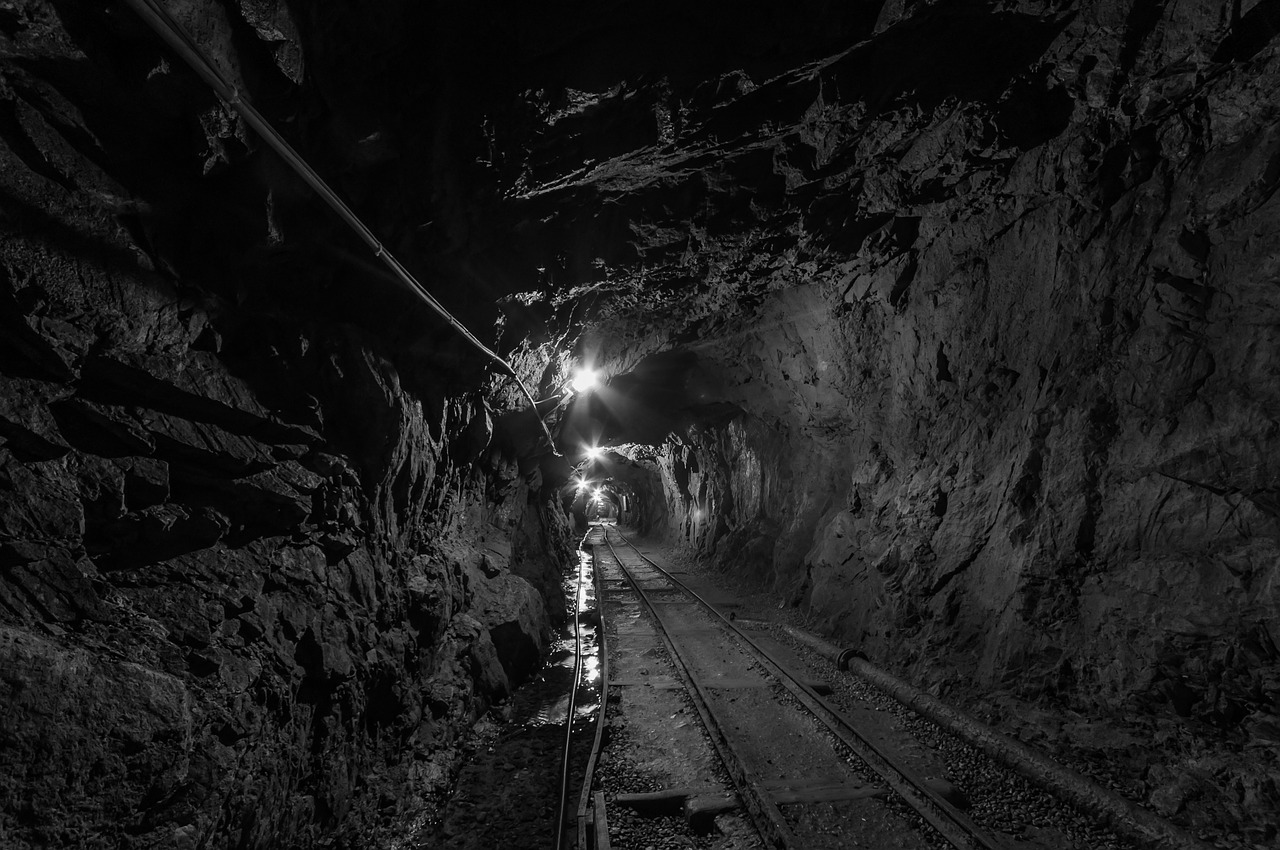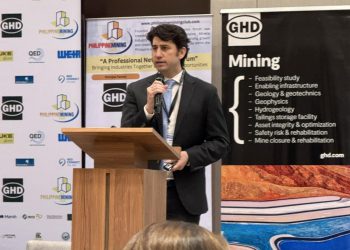President Rodrigo Duterte earlier this month said the country has no plans yet to revoke the strict mining regulations former Department of Environment and Natural Resources (DENR) Secretary Gina Lopez.
However, the country’s new environment chief Roy Cimatu said he believed it was possible to balance mining and environment conservation.
“I intend to listen to all the voices out there and make full use of our powers and resources to ensure that these various concerns, some of which often times clash, will be properly and judiciously addressed,” Cimatu previously said.
Lopez, a well-known environmentalist, spent her term in the DENR office cracking down on illegal mining activities in the Philippines and conducting an audit of all mining companies operating in the country.
Mining audits led to the suspension of operating permits of several mining firms in the country in an effort to clamp down on the damages caused by the industry. But what are the environmental impacts of mining?
Irresponsible mining practices can cause coal fires, which can burn for a long period of time. Without the appropriate technology and good practices, it can also release fly ash and smoke inhibited with greenhouse gases and other toxic chemicals.
Mining greatly affects air quality, since it involves breaking through rocks to mine an ore. This leads to the production of dust. Coal mines, for example, release methane, which is a greenhouse gas 20 times more powerful than carbon dioxide. Inhaling this dust also has negative impacts on the respiratory systems of miners.
According to the United States’ Energy Information Agency (IEA), “all activities during ore extraction, processing, handling, and transport depend on equipment, generators, processes, and materials that generate hazardous air pollutants such as particulate matter, heavy metals, carbon monoxide, sulfur dioxide, and nitrogen oxides.”
Indigenous communities may also be forced to move from their homes – and in effect, away from their livelihoods. It also affects the environment and wildlife as it removes vegetation and topsoil, and displaces fauna. Wildlife species depend on one another, whose living conditions are affected by soil conditions, climate, altitude, and their sources of water like streams, lakes, and rivers which can sometimes be contaminated with soil and dust and other chemicals produced by mining operations.
A lot of areas where mining occurs become pockmarked by holes and are left with almost no trees or vegetation. In effect, lack of trees can contribute to flooding since no plants or soil can absorb water. Agricultural land can also be affected.
Strip mining, for example, leaves lands barren that remain contaminated long after the mines are shut down. Countries now require these mining companies to have reclamation plans to undo the damages caused by their activities.
This goes to show that while the mining industry contributes to the country’s economy and labor force, it needs to find a way to make the industry find sustainable solutions to address its adverse effects.














